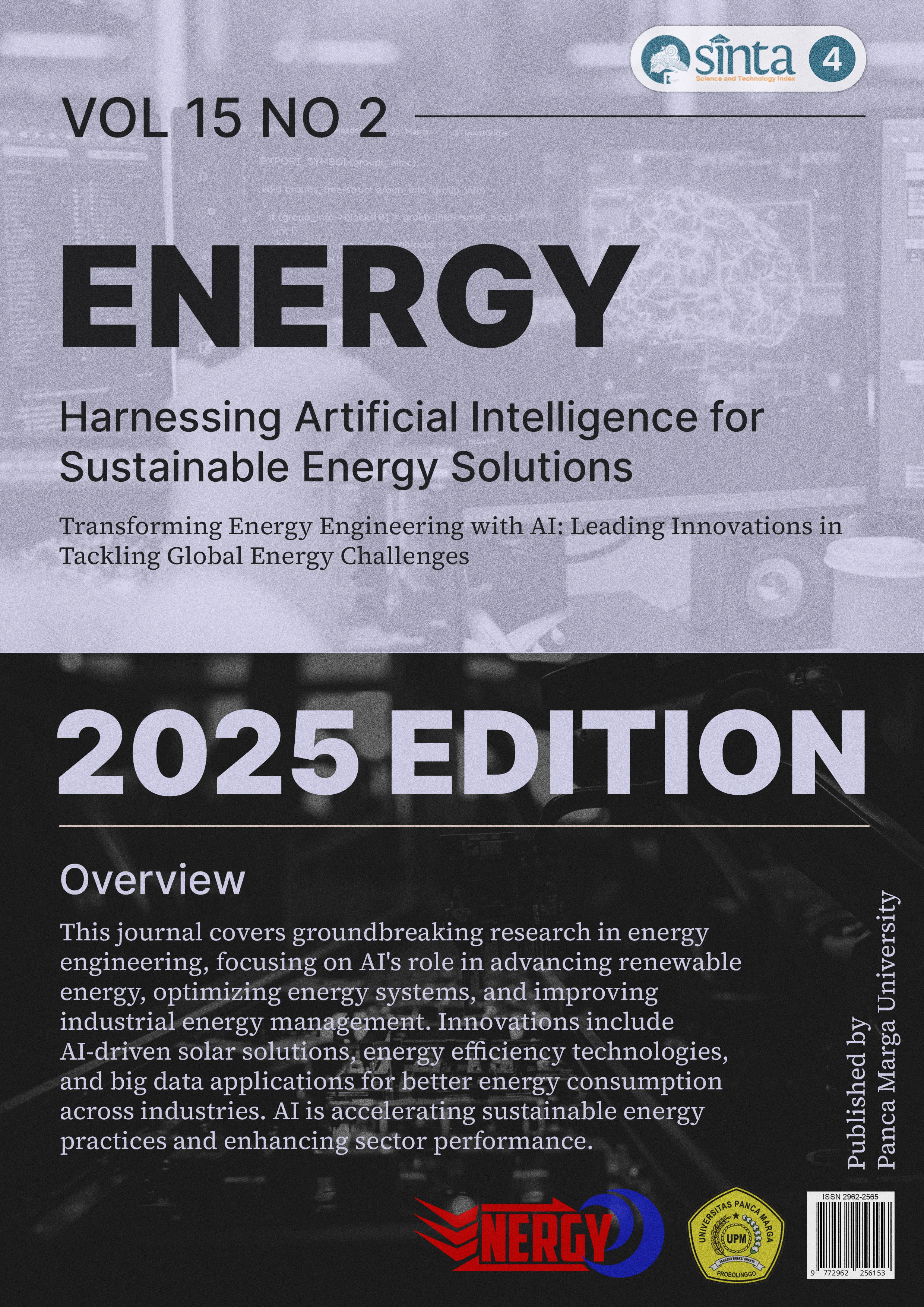Low-Cost Fabrication of a Rear-Projection Display Assembly Using Consumer-Grade Components for Pseudo-Holographic Applications
DOI:
https://doi.org/10.51747/energy.v15i2.15202Keywords:
rear projection, display devices, optical projection, pseudo-holographic display, immersive mediaAbstract
Rear-projection surfaces are integral to pseudo-holographic and immersive display systems, yet commercial solutions often demand expensive materials and precision hardware. This paper presents the design, fabrication, and preliminary evaluation of a low-cost rear-projection display assembly constructed from consumer-grade components. A transparent rear-projection film of unknown specification was mounted onto a custom 3D-printed frame and affixed to a flat acrylic sheet to form a projection screen. Assembly relied on readily available materials and hobbyist fabrication techniques. Qualitative projection tests using a standard classroom projector demonstrate that the DIY screen produces clear images with wide viewing angles in dark environments, suitable for pseudo-holographic effects. Under moderate ambient light, the image remains visible with slight contrast loss and minimal hot-spotting. The entire assembly was built at a fraction of the cost of commercial rear-projection screens. These results suggest that the proposed workflow can enable affordable, functional rear-projection displays for educational demonstrations, prototyping, and artistic installations without specialized equipment.
References
S.-A. Yeo, “Summoning the Ghosts of Early Cinema and Victorian Entertainment: Kate Moss and Savage Beauty at the Victoria and Albert Museum,” in Practices of Projection, 1st ed., G. Menotti and V. Crisp, Eds., Oxford University PressNew York, 2020, pp. 136-154. doi: 10.1093/oso/9780190934118.003.0009.
J. Tewell and N. Ranasinghe, “A Review of Olfactory Display Designs for Virtual Reality Environments,” ACM Comput. Surv., vol. 56, no. 11, pp. 1-35, Nov. 2024, doi: 10.1145/3665243.
R. B. Herrick, “Rear Projection Screens: a Theoretical Analysis,” Appl. Opt., vol. 7, no. 5, p. 763, May 1968, doi: 10.1364/AO.7.000763.
O. Bimber and R. Raskar, Spatial Augmented Reality, 0 ed. A K Peters/CRC Press, 2005. doi: 10.1201/b10624.
K. C. Pohlmann, Principles of digital audio, 5th ed. New York: McGraw-Hill, 2005.
Plastic Liquid Crystal Technology, Via Lambro 80, 20846 Macherio (MB), Italy, H. Hakemi, O. Pinshow, Gauzy Ltd, R&D Division, 14th Ha’Thiya Street, Unit 203/204, Tel-Aviv, 68169 Israel, D. Gal-Fuss, and Gauzy Ltd, R&D Division, 14th Ha’Thiya Street, Unit 203/204, Tel-Aviv, 68169 Israel, “Evaluation of Polymer Dispersed Liquid Crystal (PDLC) for Passive Rear Projection Screen Application,” Recent Prog. Mater., vol. 1, no. 3, pp. 1-1, June 2019, doi: 10.21926/rpm.1903002.
E. Pietroni, D. Ferdani, M. Forlani, A. Pagano, and C. Rufa, “Bringing the Illusion of Reality Inside Museums—A Methodological Proposal for an Advanced Museology Using Holographic Showcases,” Informatics, vol. 6, no. 1, p. 2, Jan. 2019, doi: 10.3390/informatics6010002.
S. Ha, L. Hwang, J. Lee, P. Gentet, S. Kwon, and S. Lee, “A Study on Augmented 3D Display Optimization Based on Holographic Optical Element for High Depth and Magnified Image,” Front. Phys., vol. 9, p. 663122, May 2021, doi: 10.3389/fphy.2021.663122.
A. Juarez, W. Schonenberg, and C. Bartneck, “Implementing a low-cost CAVE system using the CryEngine2,” Entertain. Comput., vol. 1, no. 3-4, pp. 157-164, Dec. 2010, doi: 10.1016/j.entcom.2010.10.001.
A. Juarez, W. Schonenberg, and C. Bartneck, “Implementing a low-cost CAVE system using the CryEngine2,” Entertain. Comput., vol. 1, no. 3-4, pp. 157-164, Dec. 2010, doi: 10.1016/j.entcom.2010.10.001.
C. Cruz-Neira, D. J. Sandin, and T. A. DeFanti, “Surround-screen projection-based virtual reality: the design and implementation of the CAVE,” in Proceedings of the 20th annual conference on Computer graphics and interactive techniques, Anaheim CA: ACM, Sept. 1993, pp. 135-142. doi: 10.1145/166117.166134.
Plastic Liquid Crystal Technology, Via Lambro 80, 20846 Macherio (MB), Italy, H. Hakemi, O. Pinshow, Gauzy Ltd, R&D Division, 14th Ha’Thiya Street, Unit 203/204, Tel-Aviv, 68169 Israel, D. Gal-Fuss, and Gauzy Ltd, R&D Division, 14th Ha’Thiya Street, Unit 203/204, Tel-Aviv, 68169 Israel, “Evaluation of Polymer Dispersed Liquid Crystal (PDLC) for Passive Rear Projection Screen Application,” Recent Prog. Mater., vol. 1, no. 3, pp. 1-1, June 2019, doi: 10.21926/rpm.1903002.
Downloads
Published
Issue
Section
License
Copyright (c) 2025 ENERGY: JURNAL ILMIAH ILMU-ILMU TEKNIK

This work is licensed under a Creative Commons Attribution-NonCommercial 4.0 International License.














